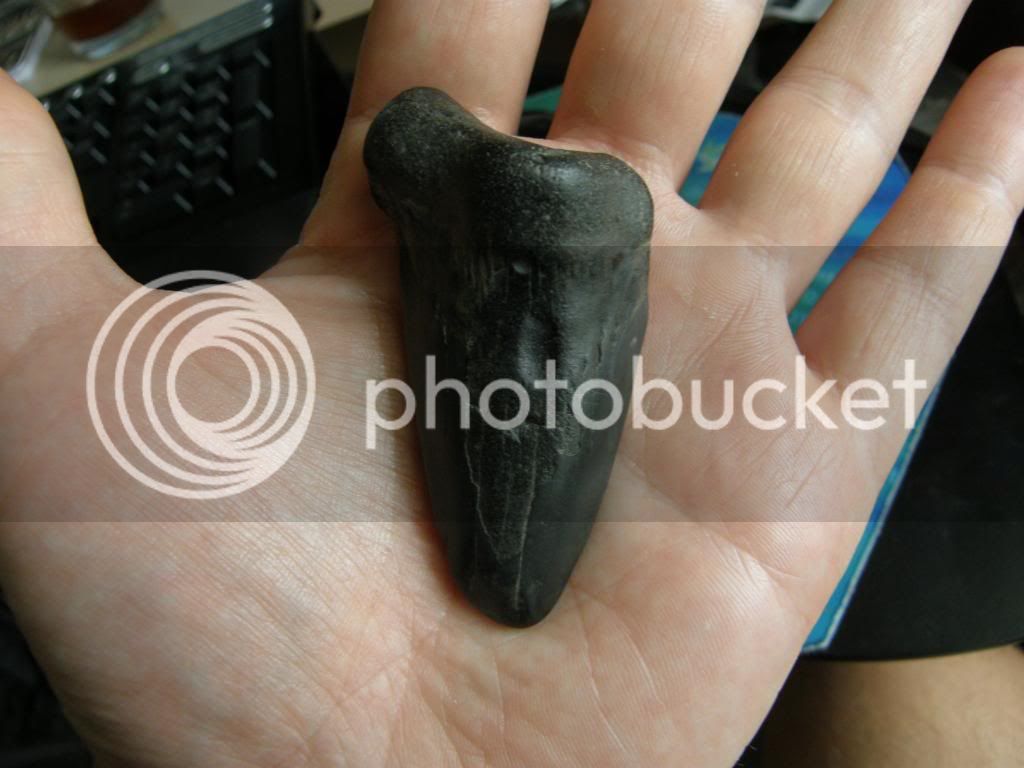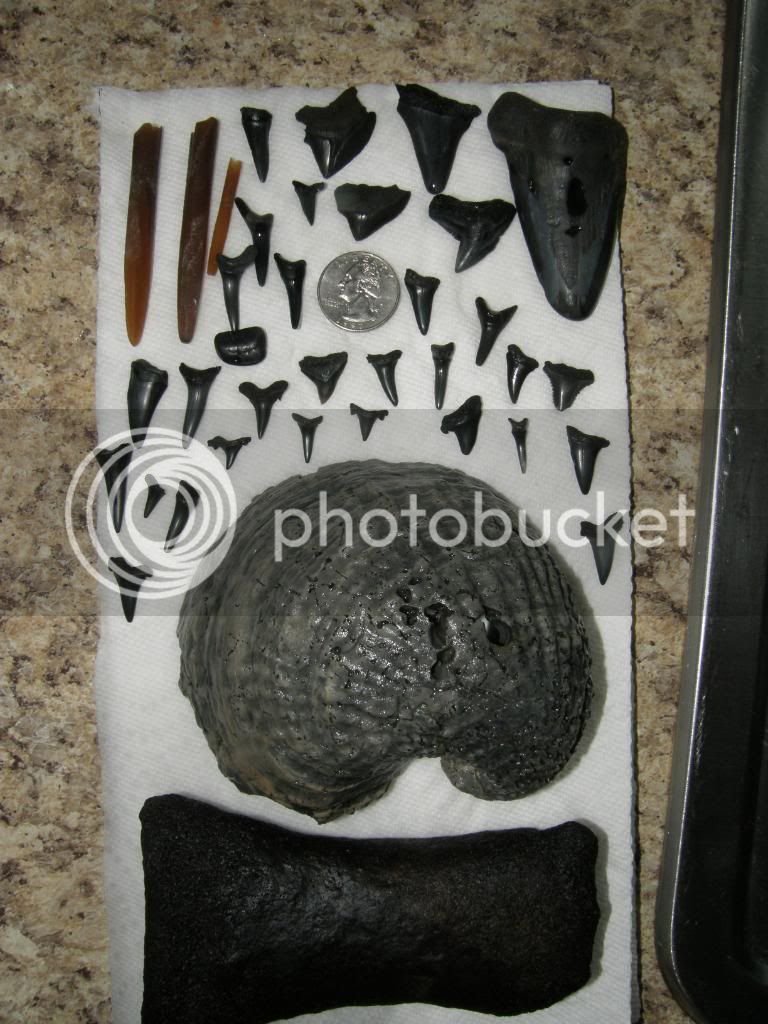Being a science person I have always been interested in fossils. Growing up in the midwest U.S. we sometimes found some nice ones. Sadly, I was a kid at the time and have no idea where those fossils ended up at.
Recently my wife showed me a local museum in a tiny town not far from here that has mostly local fossils. We went down and checked it out. The town was TINY, but the museum was very nice. They had some great stuff in there. Most of their fossils come from the giant phosphate mine near the town. The sad part is that few people are allowed into the mine to look for fossils. The museum gets several large loads of the refuse dirt from the mine. They allow people to sift through this material for fossils. This dirt is almost more fossils than dirt. Mostly shells and coral though.
Here is my first visit. Just sharks teeth. Some nice ones but all were small (half inch or so). Not bad for an hours work:
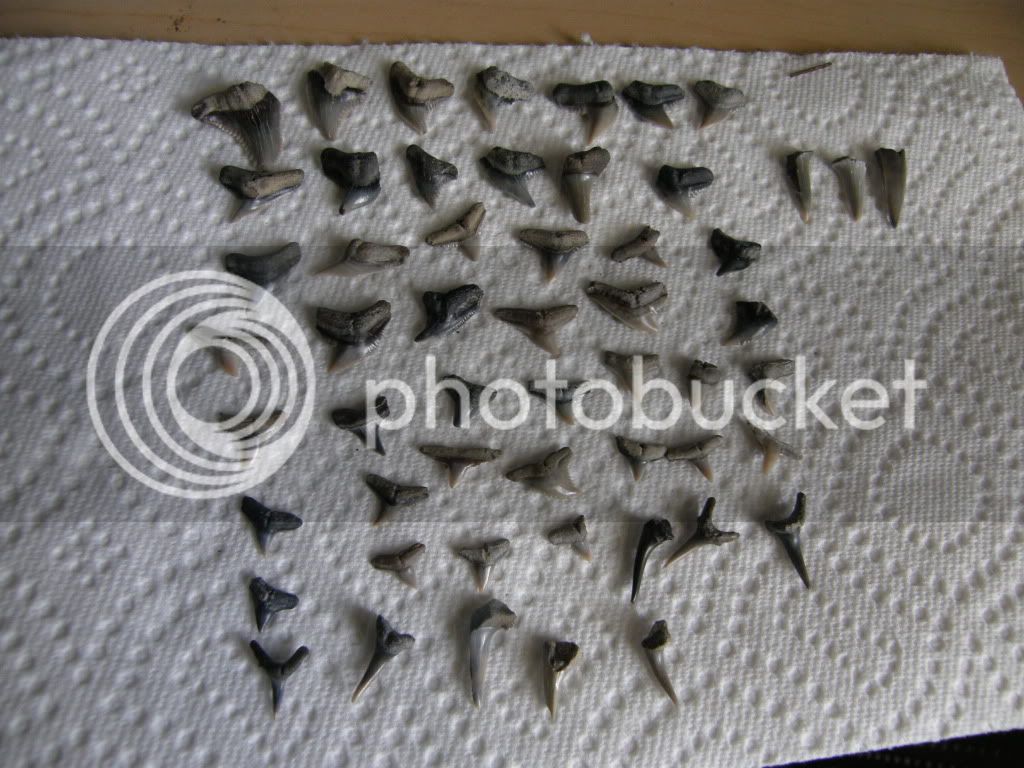
Here is my second visit. I stayed much longer this time. Several species of shark are represented here. Also during this trip I found my best one to date. . A decent sized mako tooth that is in the left upper corner of the pic. It is a few inches long:
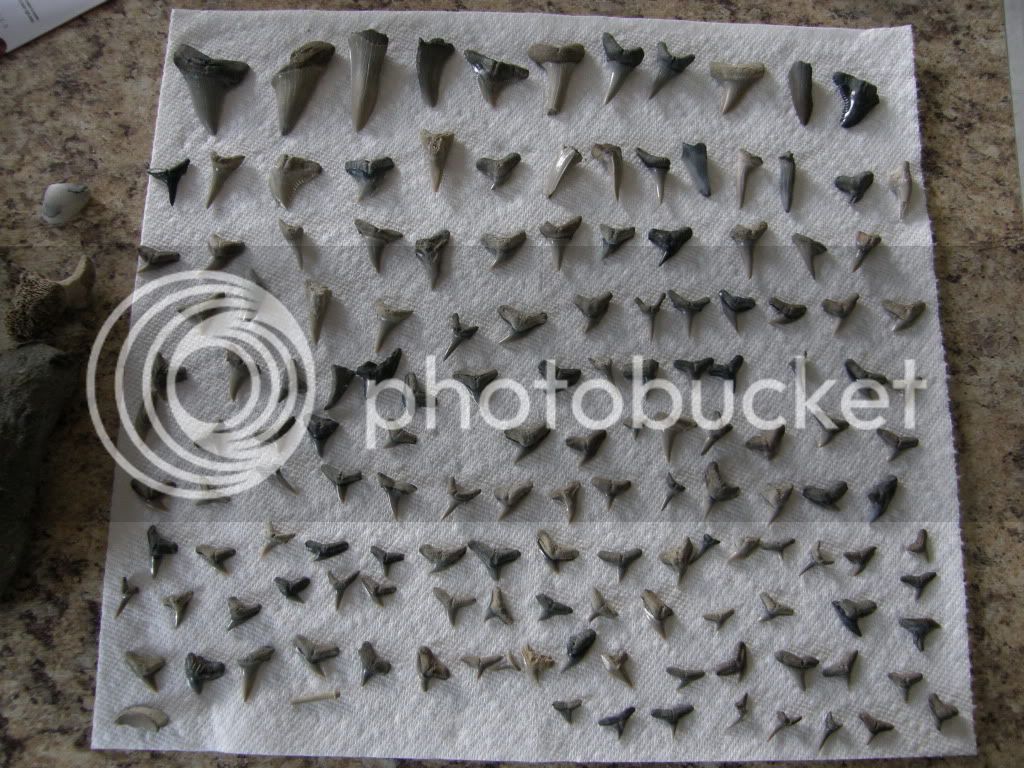
Close up of it. It is perfect. I have large hands:
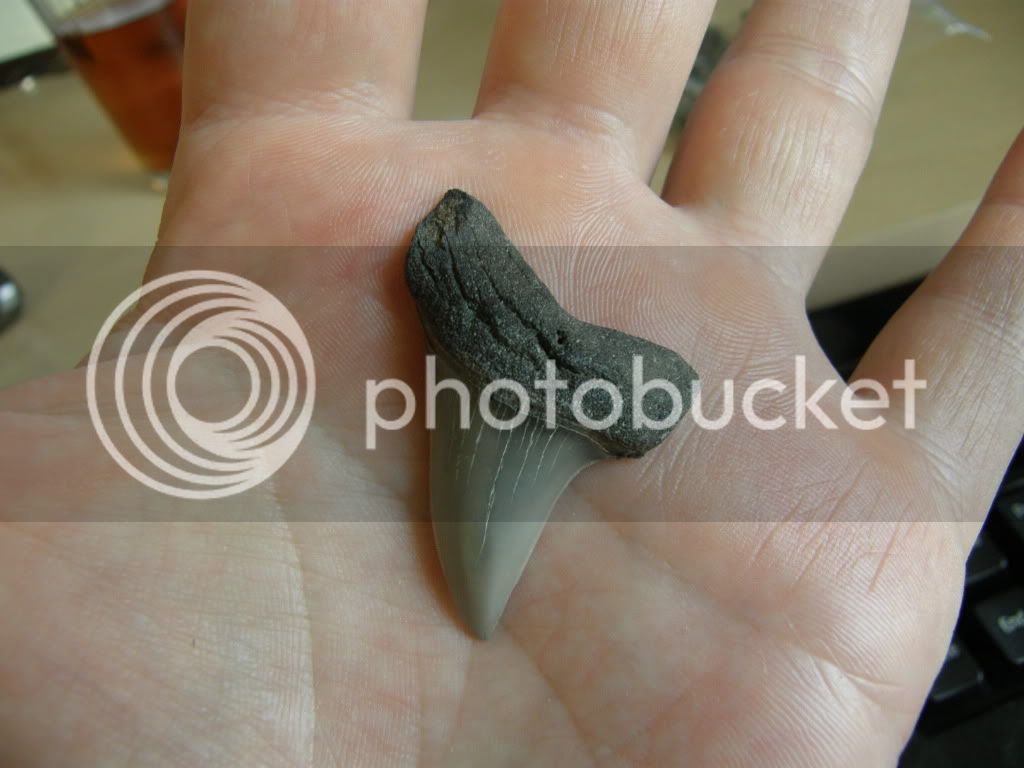
There are a lot of other stuff besides fossil shark teeth. In the next pic there are crab claws, dolphin teeth, tube worms, sting ray mouth plates, sea urchin spines, unknown fish teeth, couple nice shells, fish and shark vertebrae, and bone fragments.
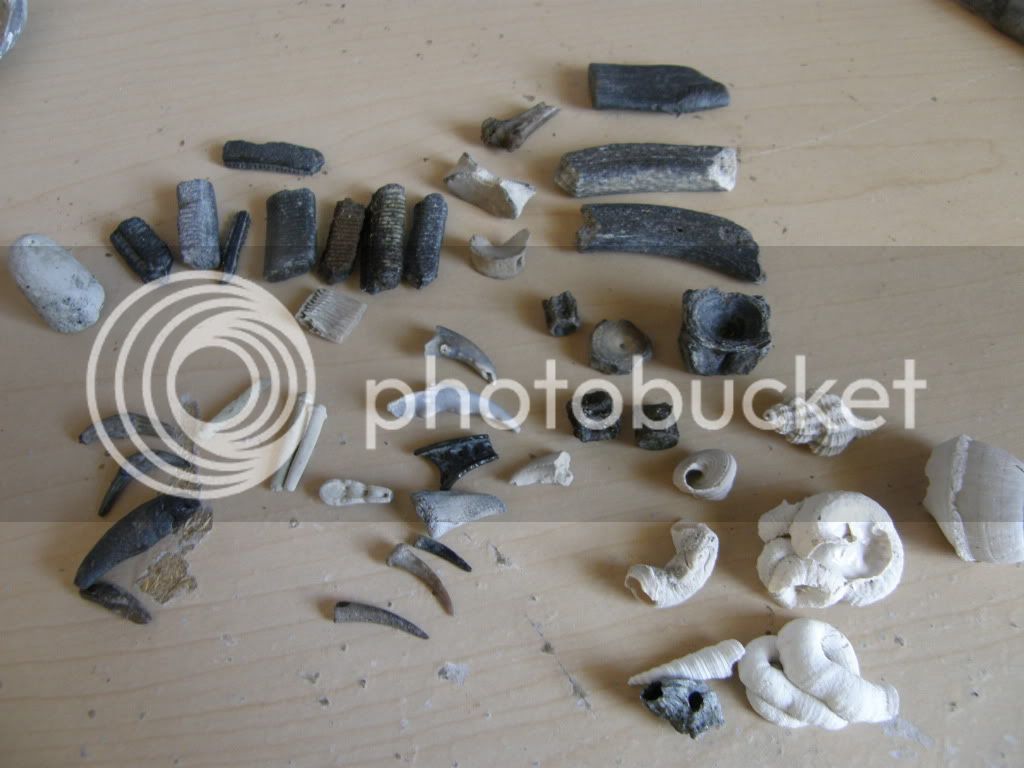
Someone let me know about a creek that runs through town here that is pretty decent for fossils. I went down there yesterday. Sadly this creek has a lot of trash in it. I was amazed at the amount of glass I shoveled out of there. Even three feet down I was still bring up glass. I made some decent finds. These teeth are much more worn from being in the water. Nearly every tooth was also broken. I found a couple big teeth but the roots were broken. At the bottom is a piece of quartz that was perfectly round and smooth. Also a piece of petrified wood. They say there are whale bones and prehistoric horse teeth here but I didn't find any:
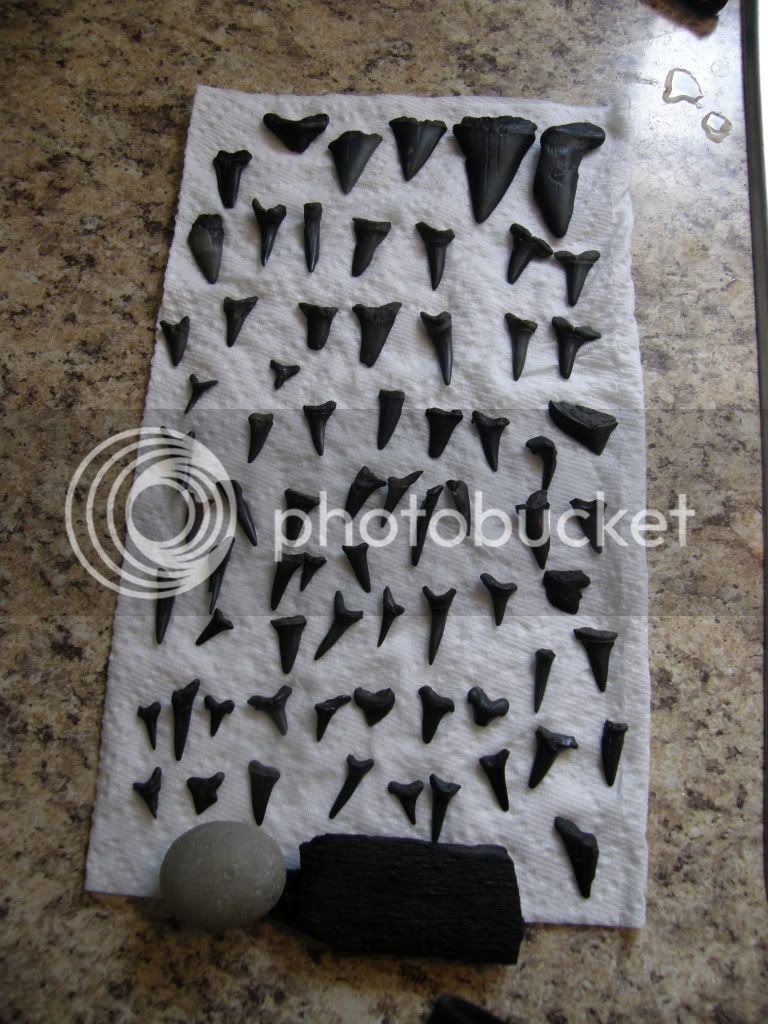
Here is a close up of a crab claw on top and two dolphin teeth. I have since found a few more dolphin teeth.
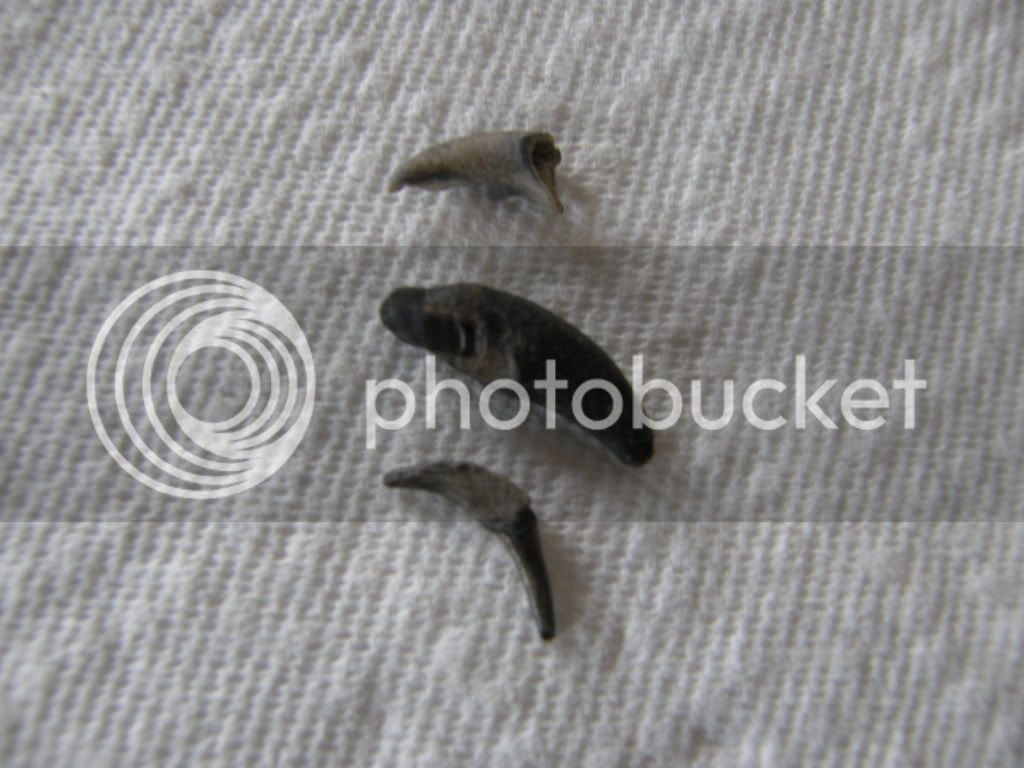
I am looking at getting to a few more places to search for fossils around here. Seems in this state we mostly have marine fossils. Makes sense though since I am close to the coast.
Recently my wife showed me a local museum in a tiny town not far from here that has mostly local fossils. We went down and checked it out. The town was TINY, but the museum was very nice. They had some great stuff in there. Most of their fossils come from the giant phosphate mine near the town. The sad part is that few people are allowed into the mine to look for fossils. The museum gets several large loads of the refuse dirt from the mine. They allow people to sift through this material for fossils. This dirt is almost more fossils than dirt. Mostly shells and coral though.
Here is my first visit. Just sharks teeth. Some nice ones but all were small (half inch or so). Not bad for an hours work:

Here is my second visit. I stayed much longer this time. Several species of shark are represented here. Also during this trip I found my best one to date. . A decent sized mako tooth that is in the left upper corner of the pic. It is a few inches long:

Close up of it. It is perfect. I have large hands:

There are a lot of other stuff besides fossil shark teeth. In the next pic there are crab claws, dolphin teeth, tube worms, sting ray mouth plates, sea urchin spines, unknown fish teeth, couple nice shells, fish and shark vertebrae, and bone fragments.

Someone let me know about a creek that runs through town here that is pretty decent for fossils. I went down there yesterday. Sadly this creek has a lot of trash in it. I was amazed at the amount of glass I shoveled out of there. Even three feet down I was still bring up glass. I made some decent finds. These teeth are much more worn from being in the water. Nearly every tooth was also broken. I found a couple big teeth but the roots were broken. At the bottom is a piece of quartz that was perfectly round and smooth. Also a piece of petrified wood. They say there are whale bones and prehistoric horse teeth here but I didn't find any:

Here is a close up of a crab claw on top and two dolphin teeth. I have since found a few more dolphin teeth.

I am looking at getting to a few more places to search for fossils around here. Seems in this state we mostly have marine fossils. Makes sense though since I am close to the coast.
Last edited by a moderator:




